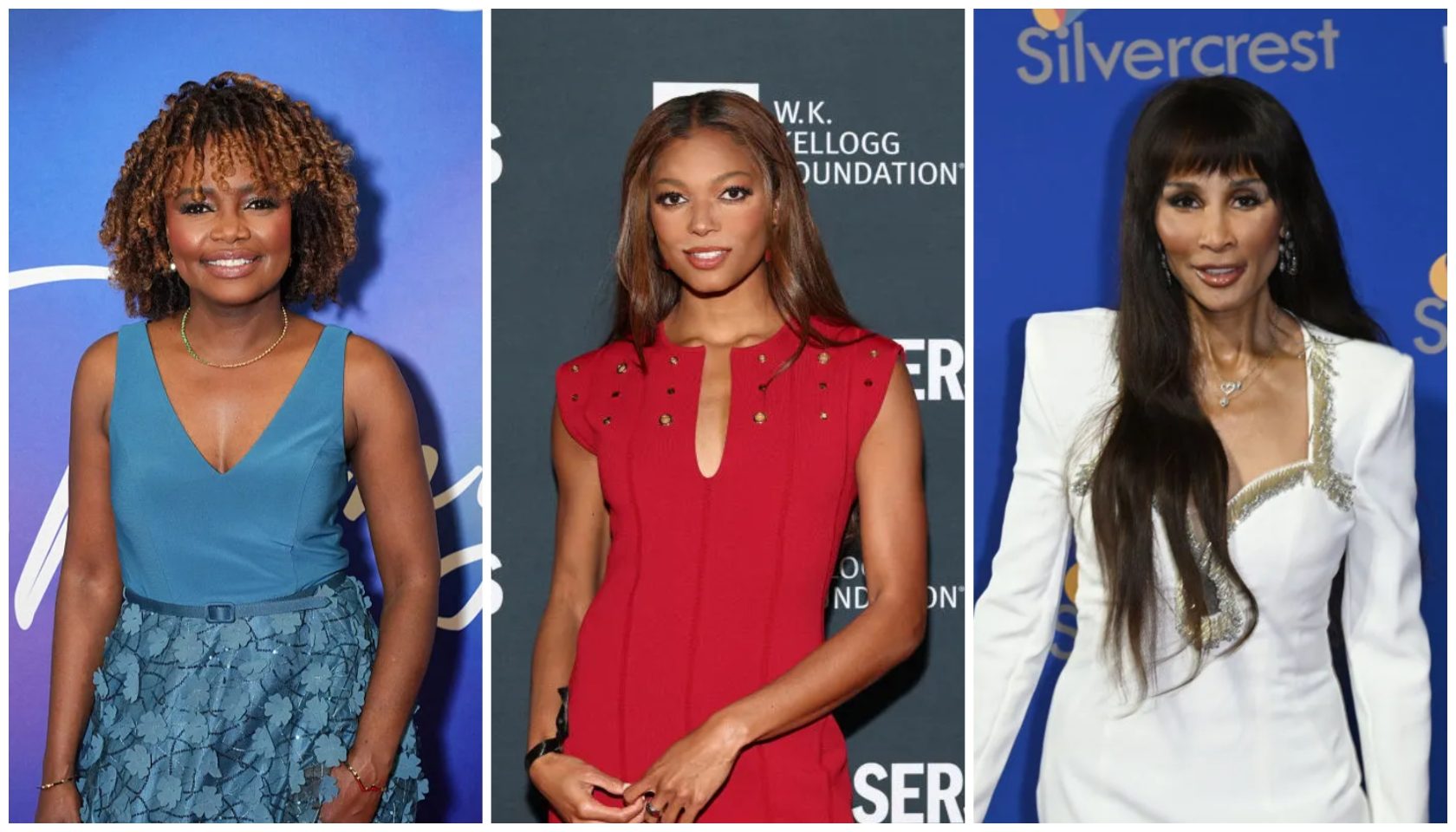REVIEW: Cloud Atlas
Ever feel like you've been here, done that before? Some call it deja vu. Others are staunch believers in reincarnation, six degrees of separation or simply that every soul gets a second, third or fourth chance to get it right or finish what it didn't in the past (death), present (life) or future (rebirth). Cloud Atlas serves as a cinematic allegory that not only challenges these beliefs but allows its audience to experience quantum leaps forward with historical yet cosmic perspective.
If you aren't familiar with British author David Mitchell's award-winning novel of the same name which inspired the film, it's not a bad idea to skim some Cliff Notes for your nearly three-hour viewing pleasure. The intricacy of seamlessly intertwining six distinct, two-part stories that occur over centuries required a triple threat of directors ("The Matrix" Andy and Lana Wachowski and "Run Lola Run" Tom Tykwer) that turn audiences into dizzying time travelers, transporting us from the1850s Pacific; the mid 1930s and present-day England; 1970s San Francisco and Korea's distant future. Be warned: events transition at lightning speed, so a moment's glance or bathroom break might cause you to lose your way as characters evolve chronologically. However, the easiest way to keep tabs on these spiritual journeys is to pay close attention to the comet-shaped birthmarks that appear on each of the characters.
Like a comet, a collection of materials left over from the solar system, each character's progression is a beginning or end to their previous lives and how they've progressed in spirit and form.The symbolism of human interconnectedness based upon an individual's core and how their relationships flourish while traversing through many personal histories is universal. Undoubtedly, this warrants the true brilliance and heart of Mitchell's novel and film: human connections spanning eras to right wrongs, becoming repeat offenders or new defenders in love and war, gaining or losing of freedoms or simply proving that infinite love exists.
Themes and motifs abound, Oscar-winner Halle Berry dallies with several through her sextet of characters, three of which are distinguishable through various hairstyles while the remaining three she undergoes a complete transformation with her theatrical makeup. Berry delivers performances as a 19th century, German Jewish woman married to a master composer. Reportedly, Berry lightened her skin and appears to have had a silver screen nose job for authenticity, but manages to resemble a Creole woman from the Bayou at best; an investigative reporter from the 70s who becomes Public Enemy No. 1 of a oil tycoon (Hugh Grant) after uncovering a conspiracy involving his company; an African slave working on a plantation; a doctor, an Indian party guest and 24th century woman trying to save her race from extinction.
Throughout the film there's a gravitational pull between Berry and Tom Hanks' characters who have met several times before when he was a benevolent scientist that provided the ammo and documentation reporter-Berry needed to take down Grant; a Pacific villager that helps her find the answer to save her people at the peril of sacrificing his own to the villainous Kona tribe lead by Grant and during a soiree where a mobster author (Hanks) admires an Indian woman (Berry) from across the room.
There are times when Berry's future self, adorning what resembles a lifesaver candy embedded in the center of her forehead (think kind of Klingon-ish but cuter) has a southern lilt that makes her sound more like a regressive than progressive crusader. Posing odd questions like "you wanna know the true-true?" or referring to an elderly war-torn Hanks as "pappy" while a much-older Berry has affectionately been dubbed "grammy." (Blankstare). Not quite the regressive dialetic one would find suitable for a post-apocalyptic diva with an intergalactic space ship.
Nonetheless, the cinematography, wardrobe and set design are top-notch. There are other compelling stories including a lawyer-turned-abolitionist (Jim Sturgess) helping a slave (David Gyasi) who later saves his life; a 2144 freedom fighter (Sturgess) from the city Neo Soul who rescues a female clone (Doona Bae) that develops a human consciousness and is believed to be a revolutionary (she's like "The Matrix's" Neo or the Jesus-figure, if you will); the romance of a gifted composer (Ben Wishaw) and his forlorn lover (James D'Arcy) that eventually suffers his same fate; or the unrequited teen love between a book publisher (Jim Broadbent) and widow (Susan Sarandon) blossoms again.
Overall, some might find the movie's story-telling glib while others will be even confused and enlightened, but no one will be bored. Much like the shapeshifting of the heavenly clouds, lives past and present are reborn again. So whether you take it or leave it, this collection of thought-provoking collection of parables might just inspire you to create a new road map to infinitely pursue their best lives. And that, y'all, is the true-true.
















